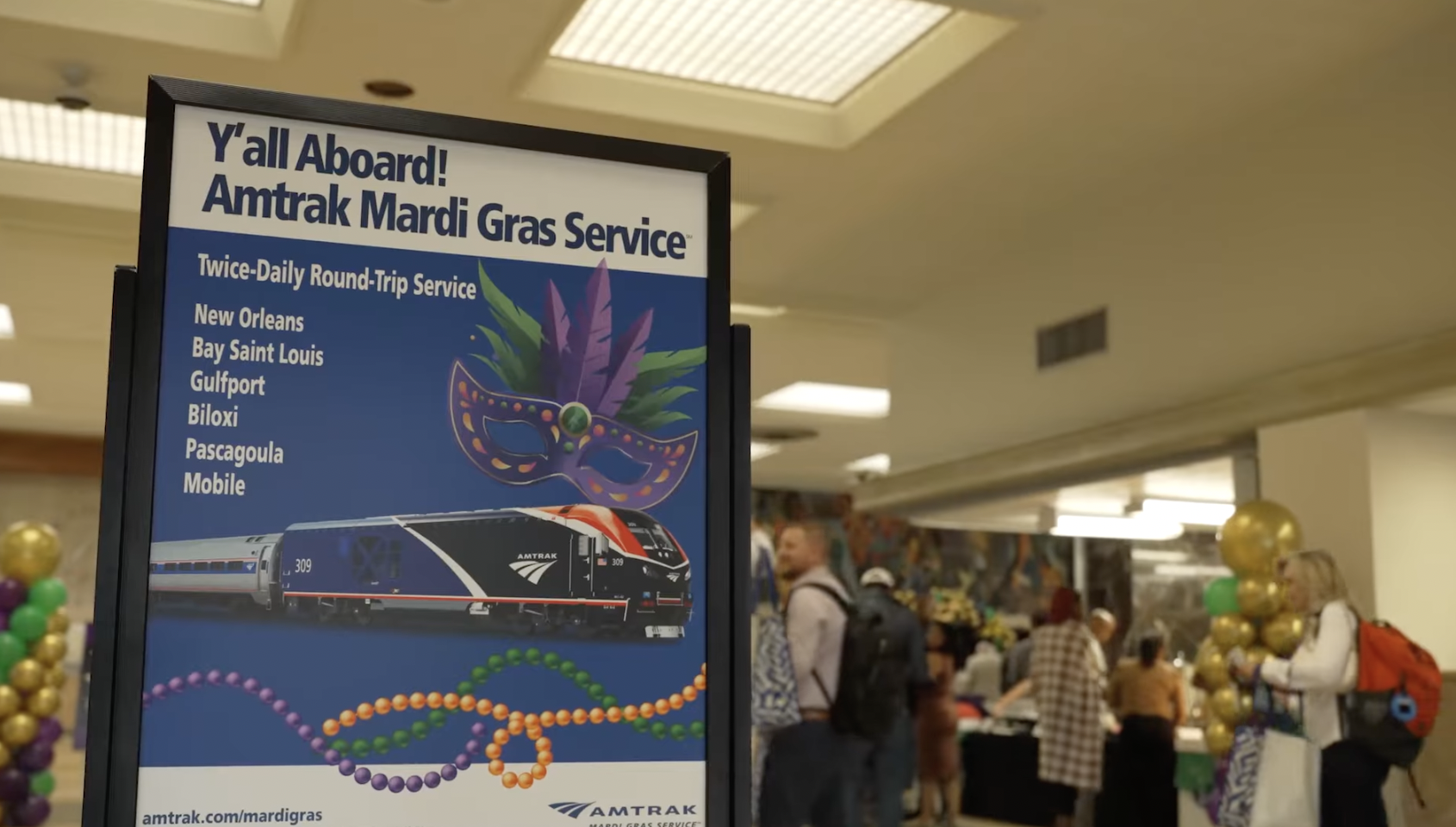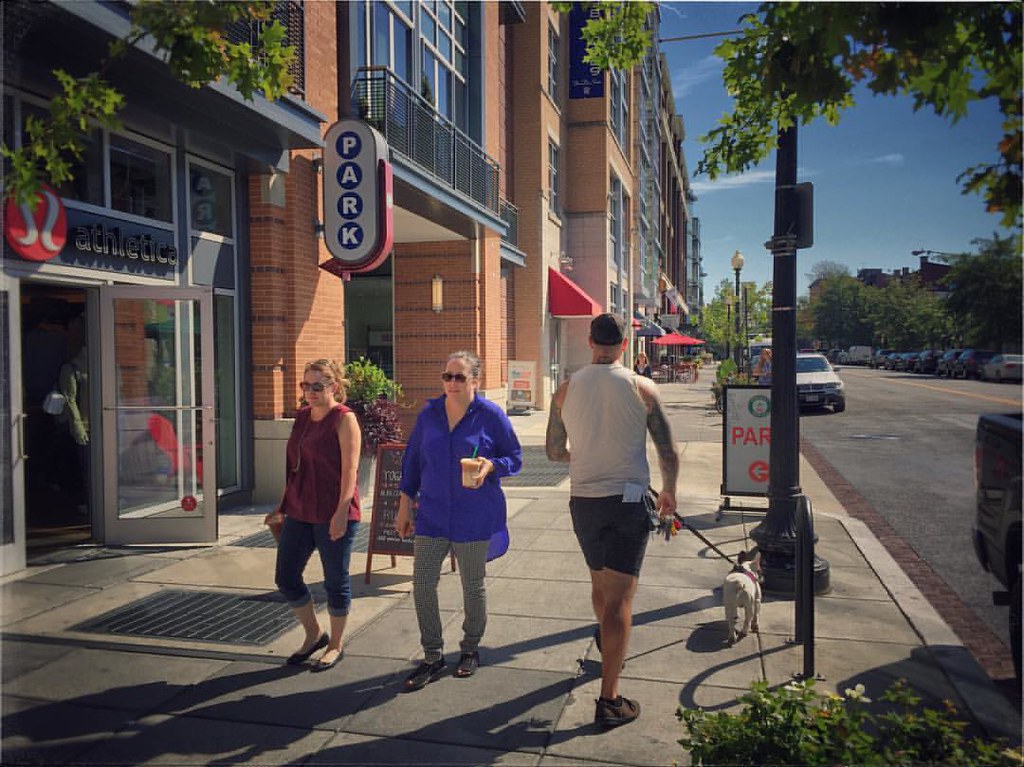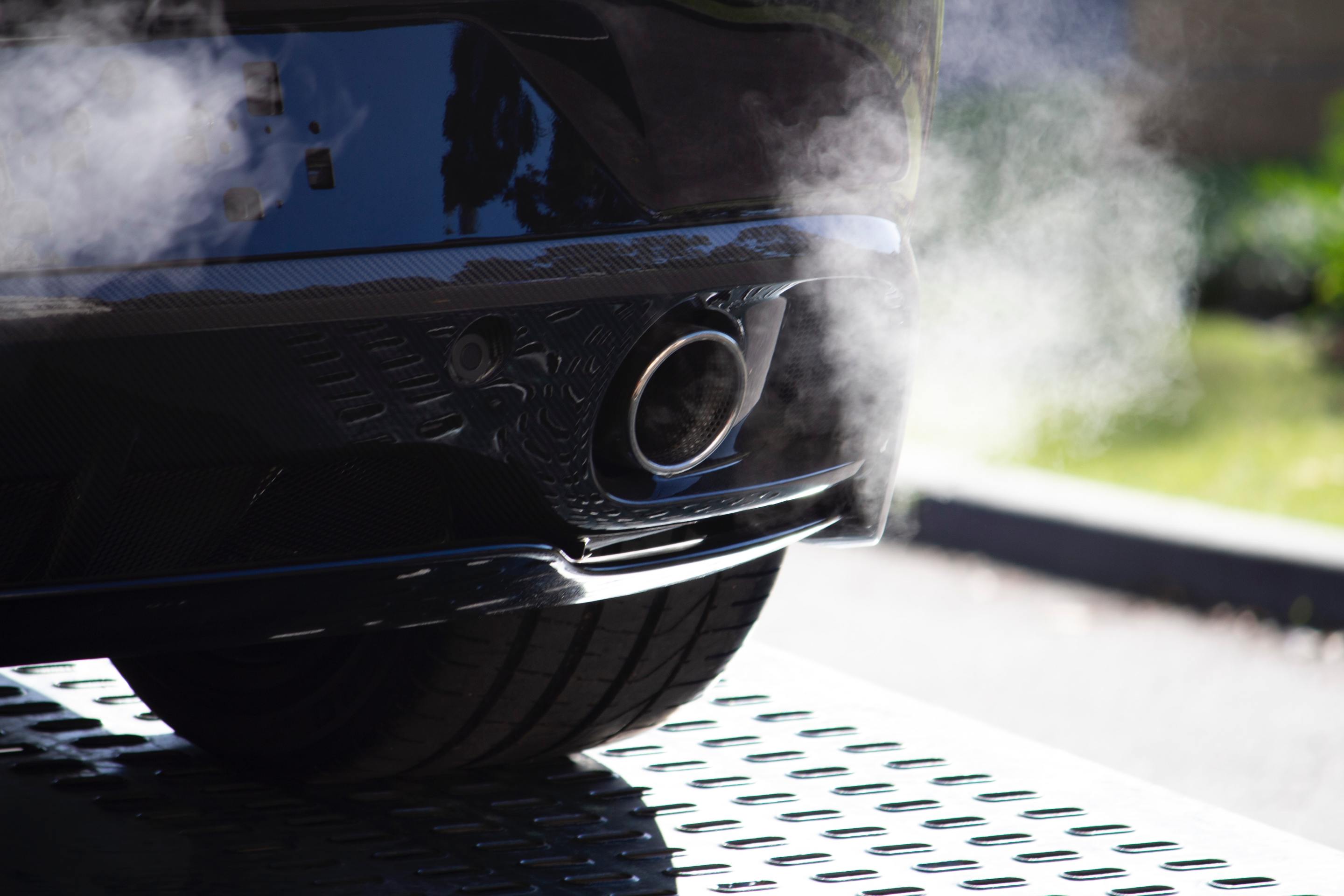 A proposal to build new office and residential space near the end of Boston's Green Line will also triple the amount of parking at the station. Photo: HelveticaFanatic/Flickr
A proposal to build new office and residential space near the end of Boston's Green Line will also triple the amount of parking at the station. Photo: HelveticaFanatic/FlickrAnother city, another would-be transit-oriented development undermined by a glut of parking. This time it's Newton, Massachusetts, where plans are underway to build 420,000 square feet of office space, 60,000 square feet of retail, and 190 units of housing at the Riverside terminus of Boston's Green Line, the highest-ridership light rail line in the country.
The station already has a sea of 960 parking spots surrounding it, functioning as a park-and-ride. According to member blog Newton Streets and Sidewalks, the current plan for development calls for tripling that number, to 2,720 spots. When all is said and done, parking will eat up 748,000 square feet of the project, far more than will be used as commercial space.
So how will all that parking affect how people get to this supposedly "transit-oriented" development? Well, we can safely say it will generate more car traffic, but the developers haven't bothered to look at whether they should pursue a less car-centric approach. Writes Nathan Phillips:
In the world of simulation modeling, analysts routinely conduct what is called a sensitivity analysis. For a variable of interest (say vehicle trips in a traffic study), modelers tweak the value of an independent variable (say # of parking spaces) - increasing/decreasing it by some fraction, and evaluate how sensitively the output variable (traffic) responds.
The "Traffic Impact and Access Study" prepared by Vanasse Hangen Brustlin, Inc. for the developers of Riverside, has a glaring, fundamental flaw: it does not study the impact of number of parking spaces on traffic. This should be one of the FIRST things produced by a traffic study for a proposed development.
Without that information, there's no way to know how this development can maximize transit use and minimize driving trips. Continues Phillips:
At a minimum, this study should be extended to evaluate how the number of daily vehicle trips would change if the number of parking spaces were decreased by, say 1/3rd or 1/2, or increased by those fractions.
Going one step further, involving a glimmer of enlightened thinking about "transit oriented development", the analysis could then estimate how restricted parking would drive more use of the D line, the Commuter Rail from the western suburbs, and buses...
Riverside neighbors need to understand that parking is the keylever on traffic. This is a far more effective focus than to focus oncomplicated freeway ramps and yet more pavement. More parking does notalleviate the traffic problem; it exacerbates it. The current planallocates the most space to parking (748,000 sq ft), more than theoffice space and retail space combined. For "transit orienteddevelopment" this makes no sense.
More from around the network: Human Transit explains that transit shouldn't be sold as a fix for traffic congestion. Utility Cycling shares the informational video for DecoBike, Miami Beach's 1,000-bike bike-sharing program set to open in September. And Twin Cities Streets for People prepares to celebrate the 20th anniversary of an oft-unheralded victory for pedestrians: the Americans with Disabilities Act.





